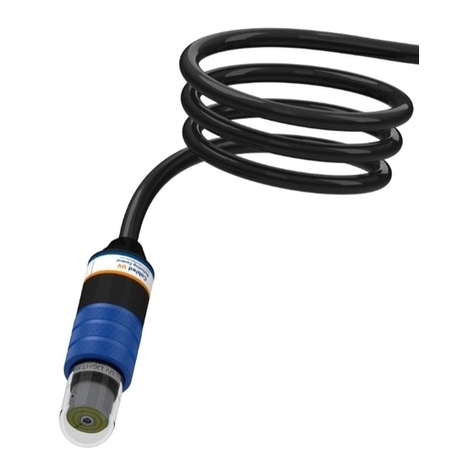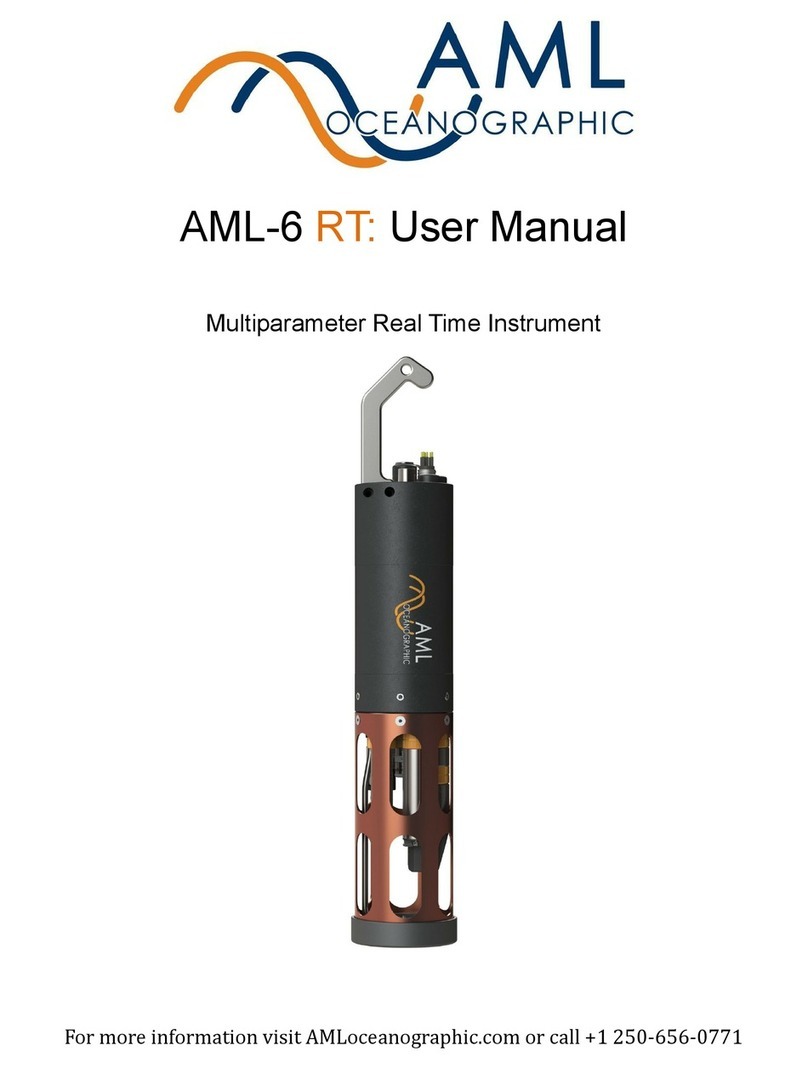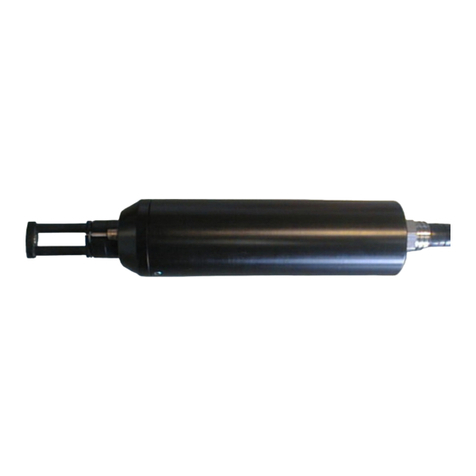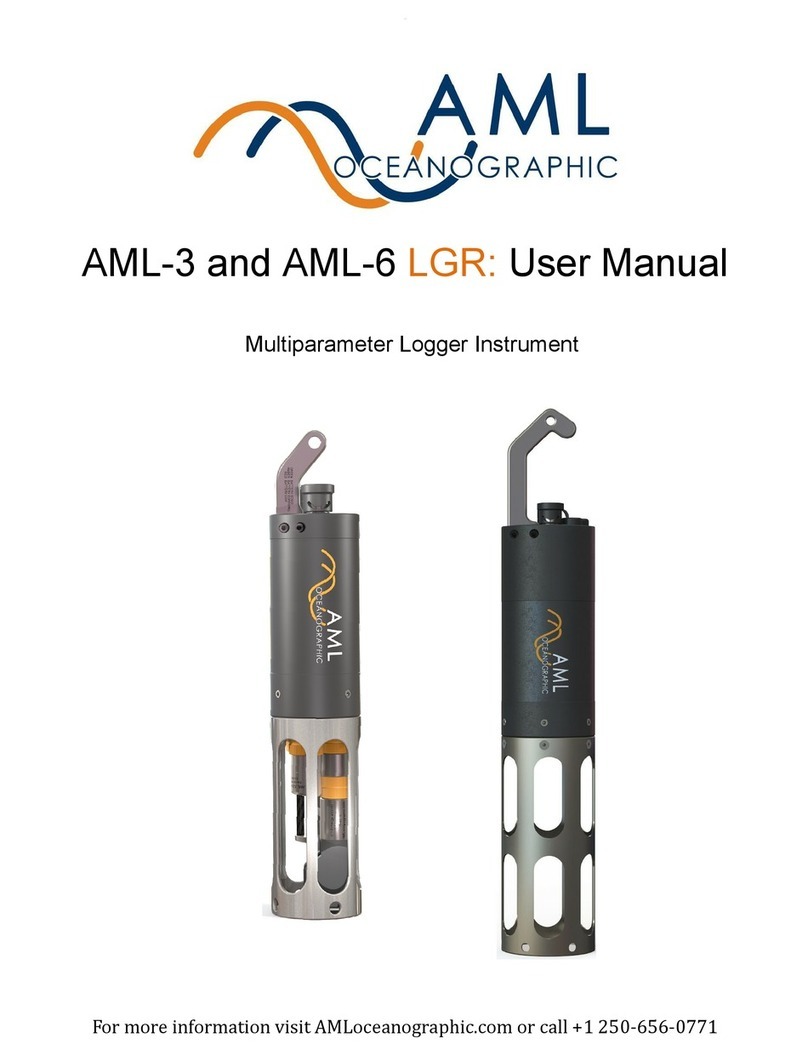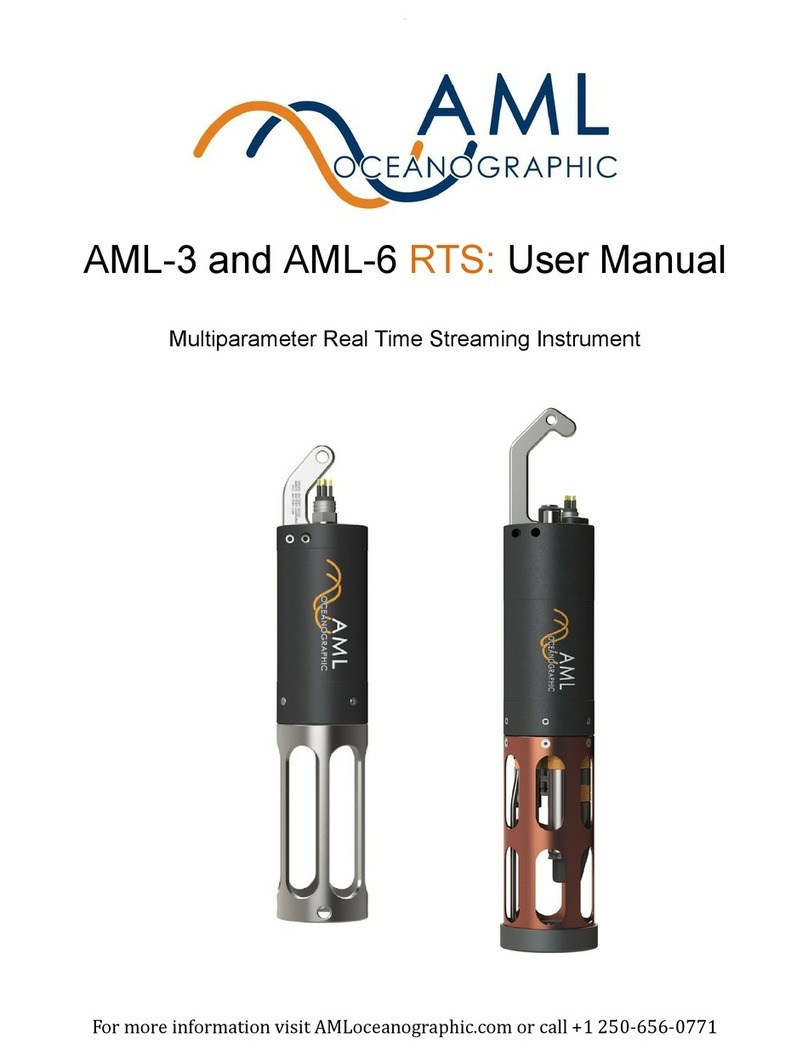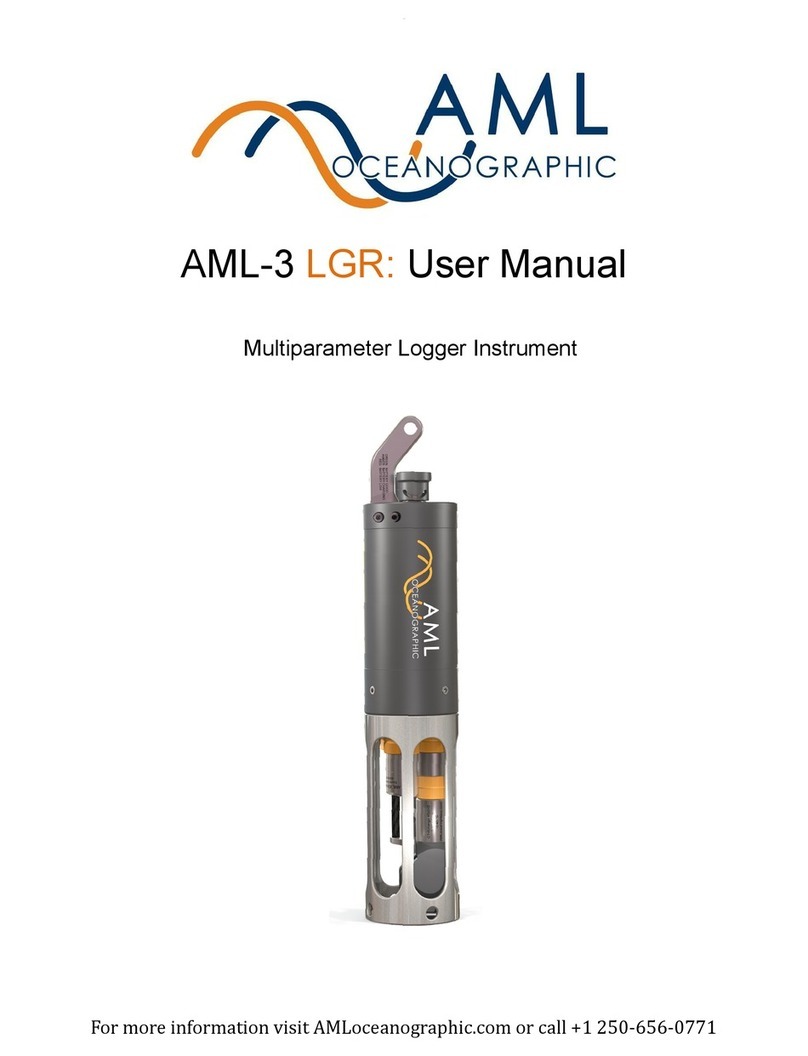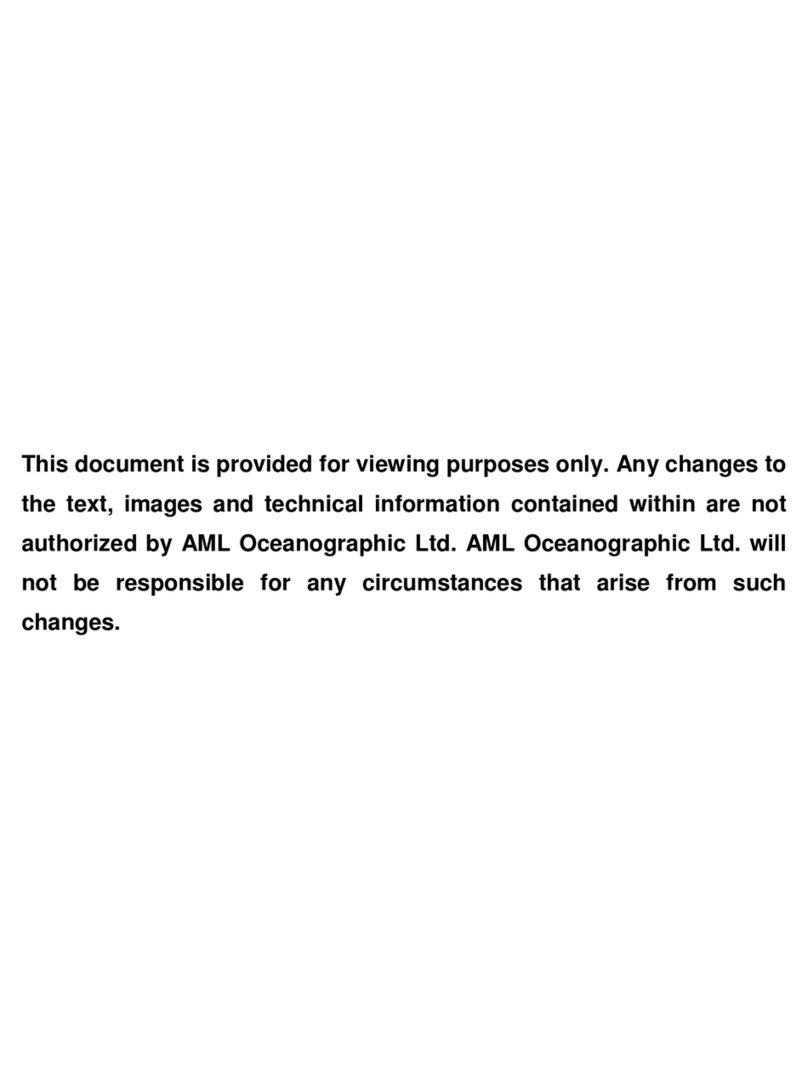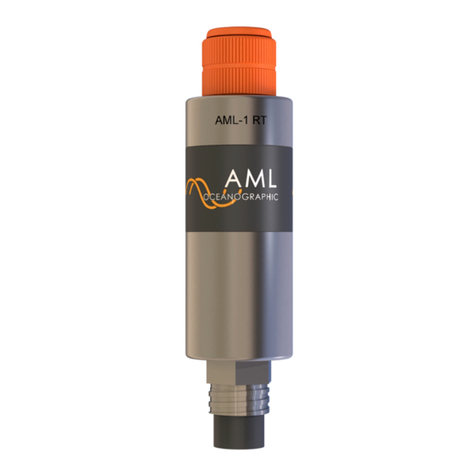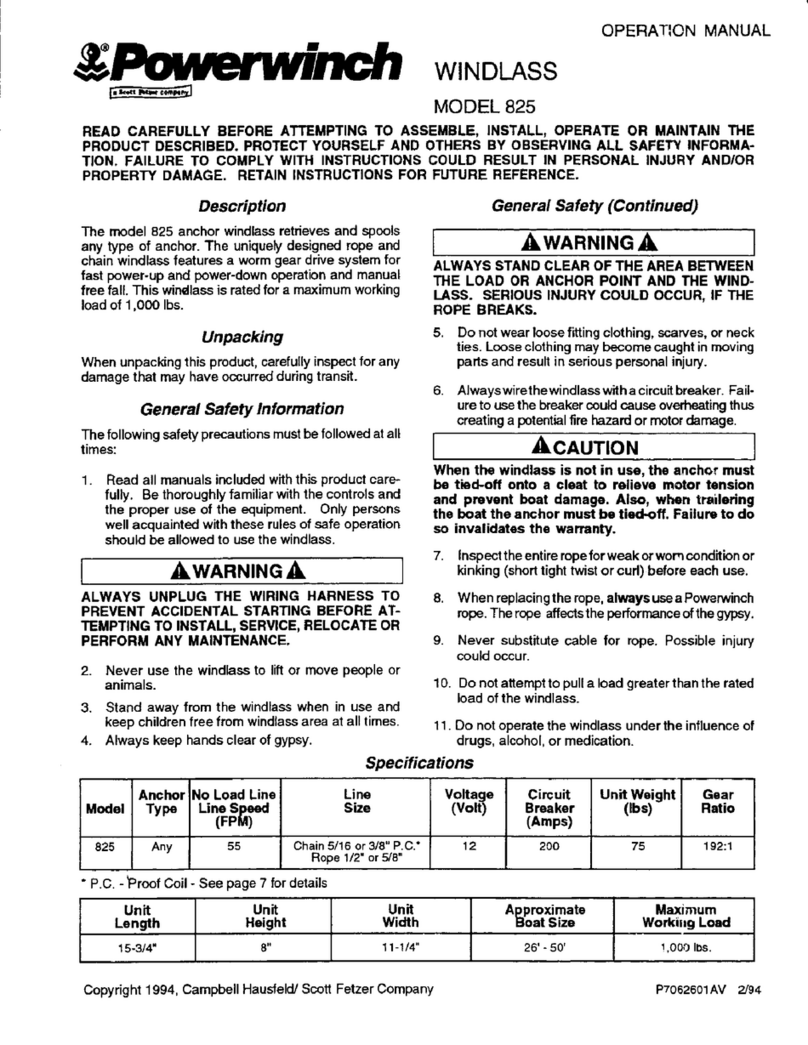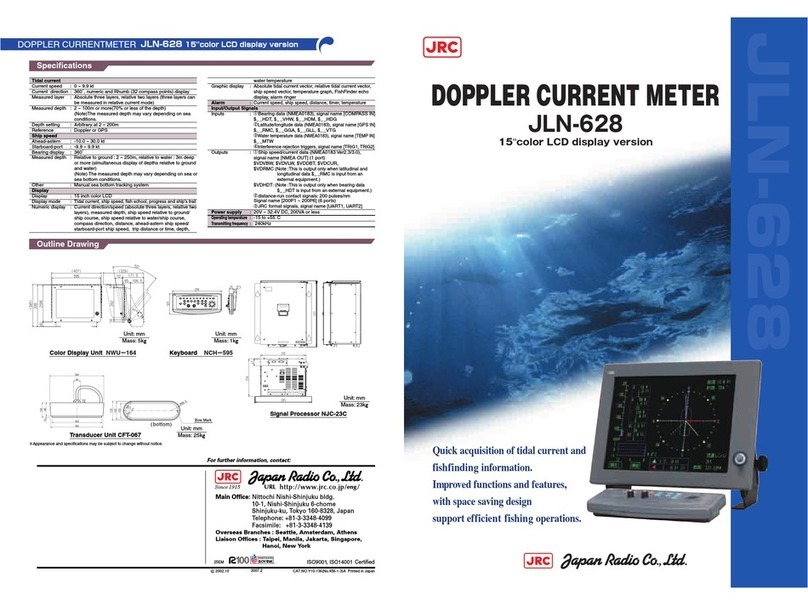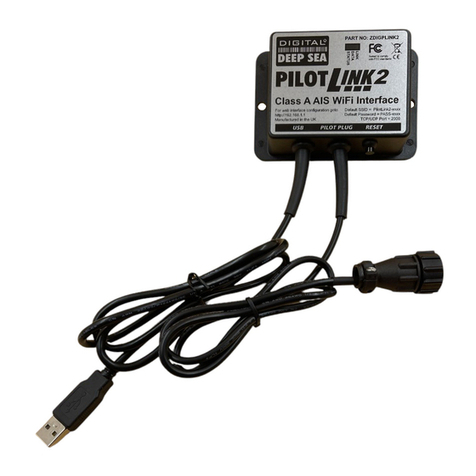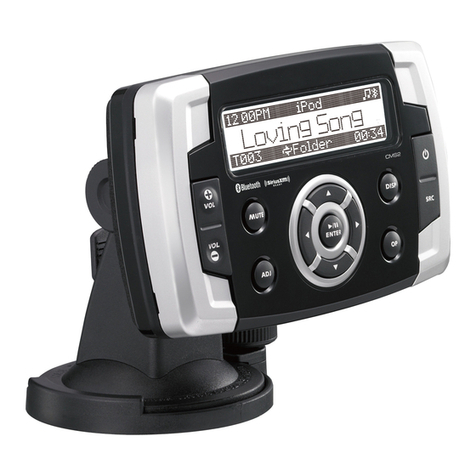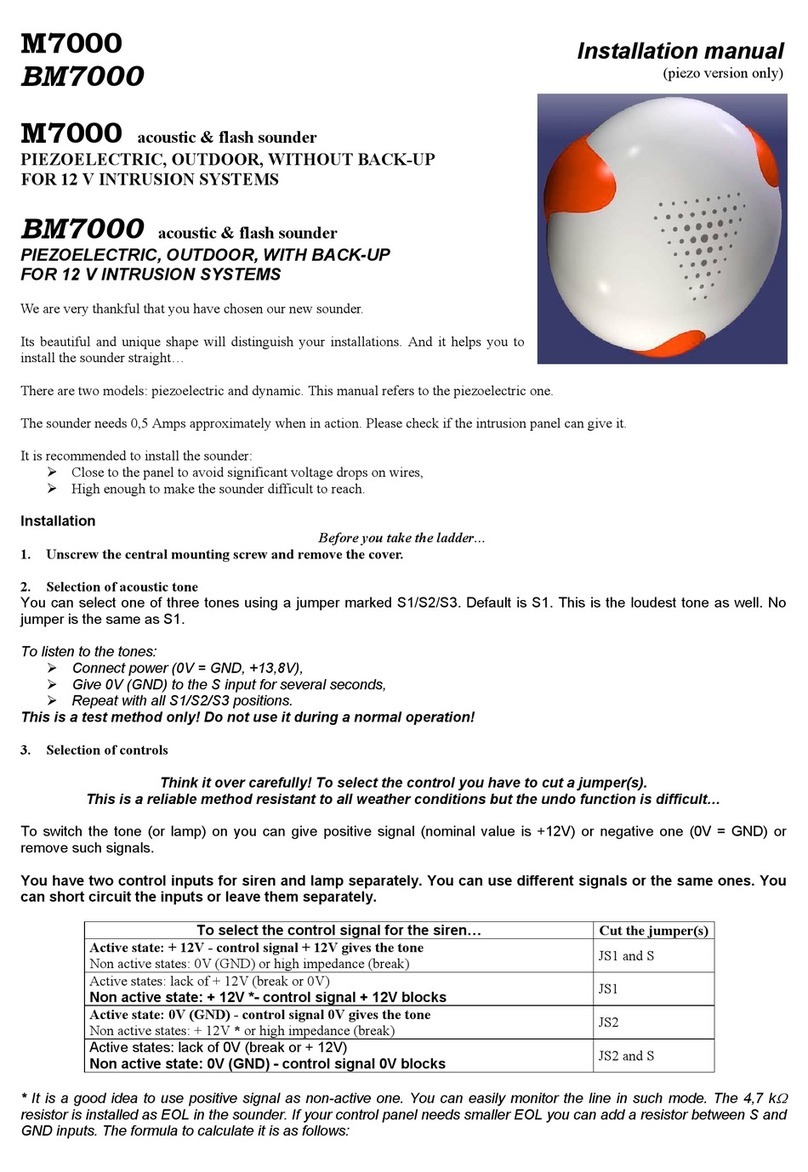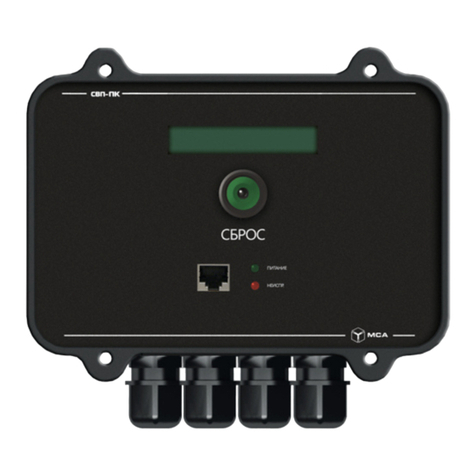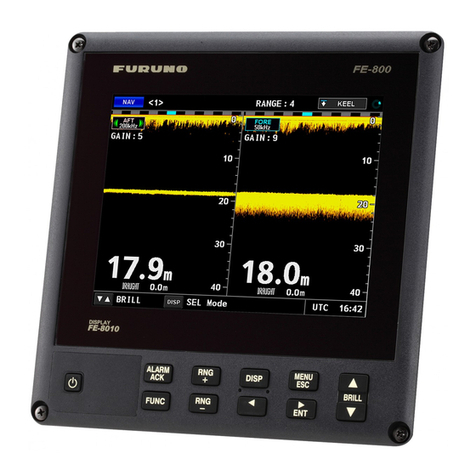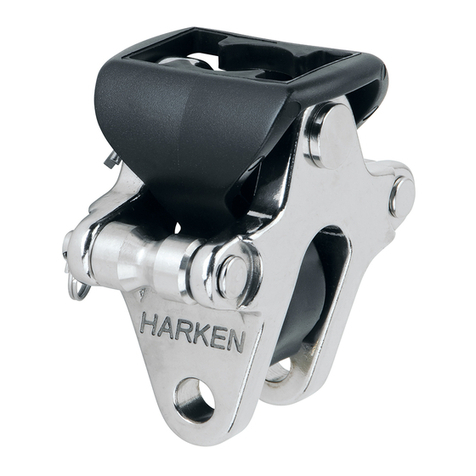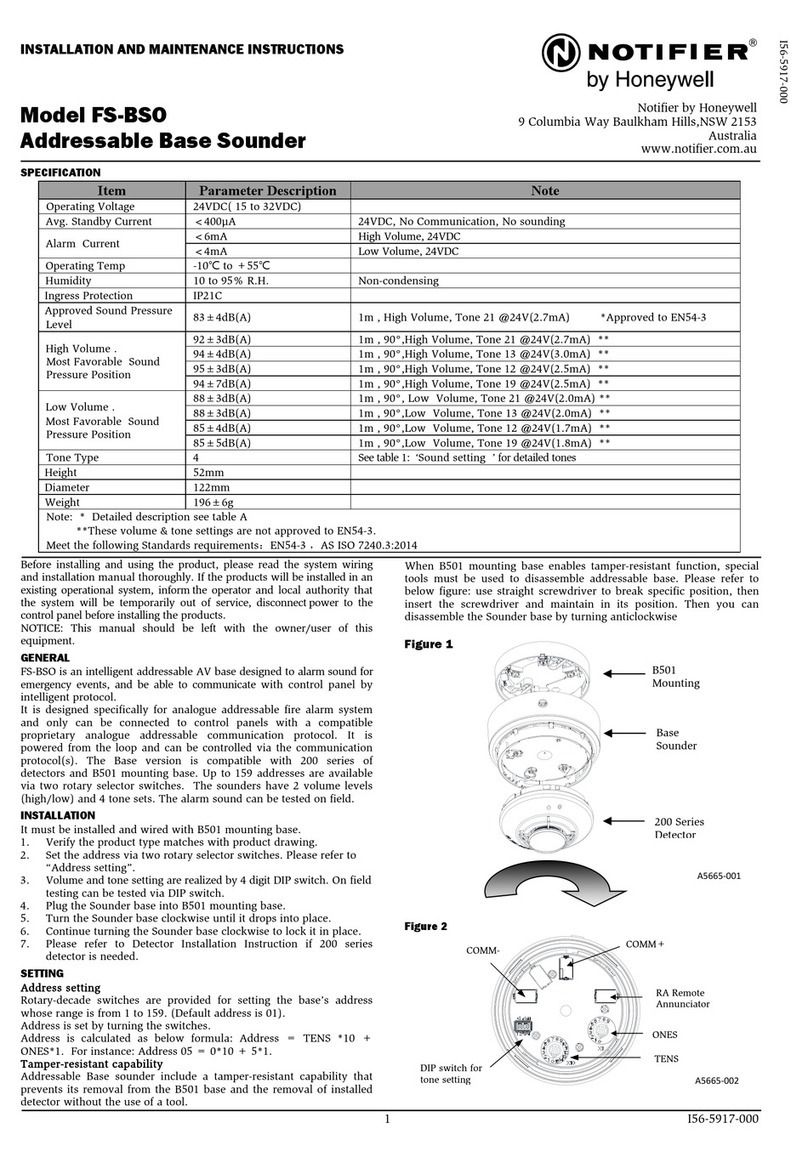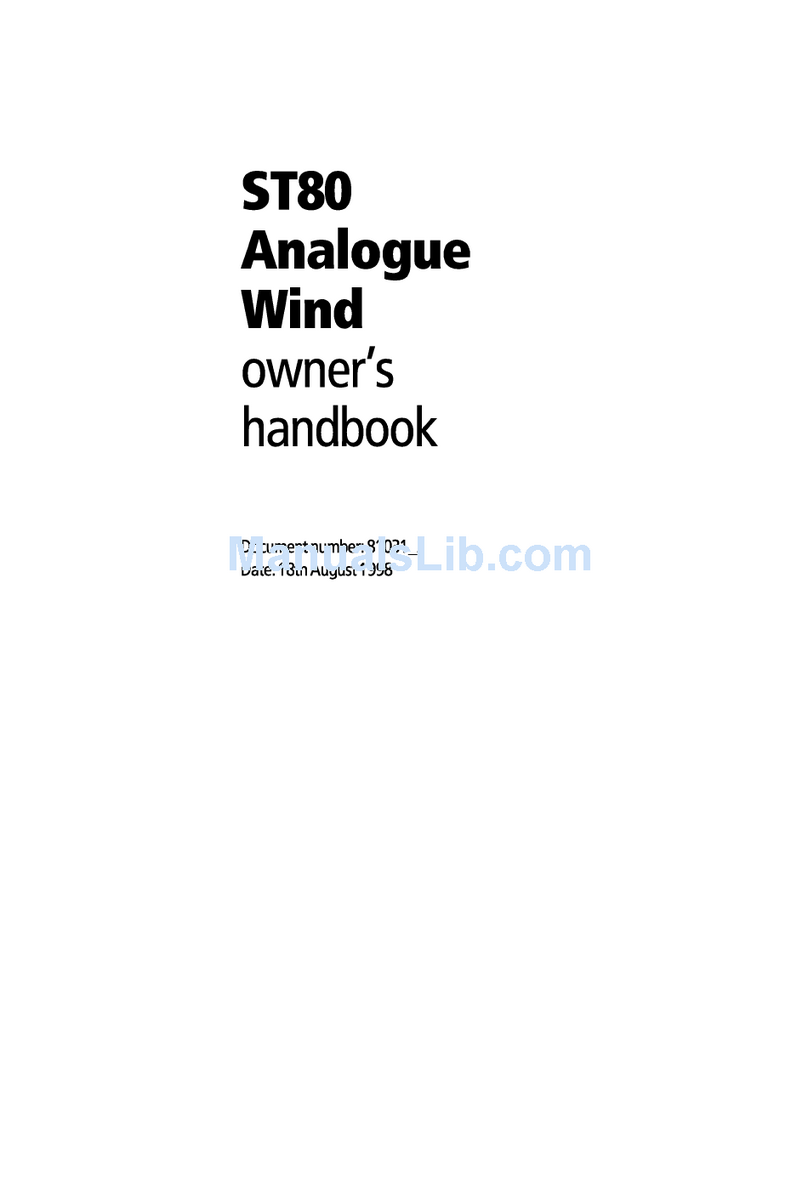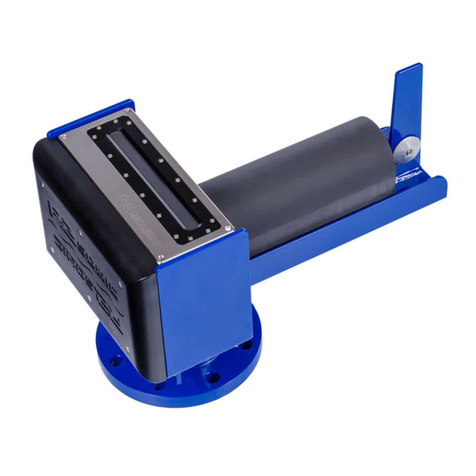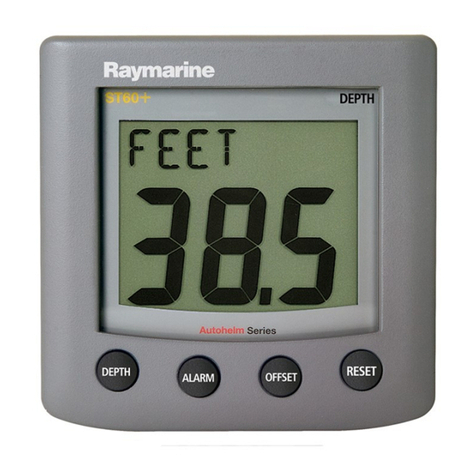
User Manual for AML Oceanographic’s MVPX
1
Table of Contents
General Description of the Instrument.............................................................................................. 2
Where Do I Start? ............................................................................................................................ 3
Shipping & Receiving ....................................................................................................................... 4
Receiving an Instrument .............................................................................................................. 4
Returning an Instrument to the Factory........................................................................................ 4
Using the Instrument........................................................................................................................ 5
Pressure Ratings ......................................................................................................................... 5
Pre-Deployment Procedures........................................................................................................ 5
Post-Deployment Procedures...................................................................................................... 5
Maintaining the Instrument............................................................................................................... 6
Periodic Maintenance .................................................................................................................. 6
Communications .............................................................................................................................. 7
Factory Default Settings............................................................................................................... 7
Interrupting the Monitor Command ........................................................................................ 7
Returning MVP•X to Factory Default Settings for Use with Rolls-Royce MVPs ..................... 7
Output Formats............................................................................................................................ 8
Default Output Format............................................................................................................ 8
Support ............................................................................................................................................ 9
Troubleshooting........................................................................................................................... 9
Contact AML Oceanographic......................................................................................................11
Appendices .....................................................................................................................................12
Commands .................................................................................................................................12
Communications Commands ................................................................................................12
Sampling Rate Commands ...................................................................................................12
Output Format Commands....................................................................................................13
General Commands..............................................................................................................14
Technical Specifications .............................................................................................................15
Ordering Codes...............................................................................................................................18
Instrument Packages (sensors included)....................................................................................18
Instruments (sensors not included).............................................................................................18
Sensors ......................................................................................................................................18
Accessories ..................................................................................Error! Bookmark not defined.
Warranty .........................................................................................................................................20
Technical Overview Drawings.........................................................................................................21
